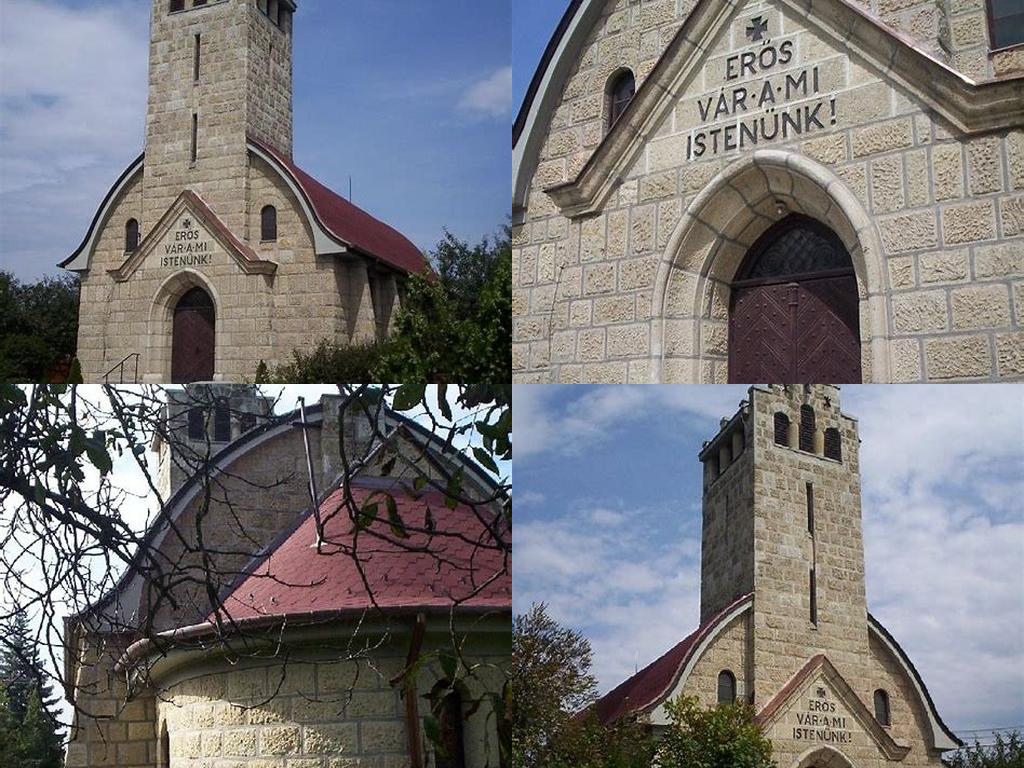
Rákosligeti evangélikus templom, tucked away in Budapest’s Rákosliget neighborhood, might not be on every visitor’s map, but it’s one of those places where time slows and stories linger in the brickwork. If you find yourself curious about hidden churches and genuinely local atmospheres, this Lutheran church is a gentle invitation to step off the regular tourist trail and into the pages of a community’s history.
The church was completed in 1927, making it not just a place of worship but also a living symbol of the changes and ambitions of the early 20th-century Hungarian Protestant community. Its construction was thanks, in large part, to the commitment of the neighborhood’s Lutheran congregation, who dreamed of a spiritual home that would anchor their growing population. The architect behind its balanced, peaceful form was Gyula Nagy, whose vision helped shape not just a functional house of faith, but a building harmonizing Scandinavian simplicity with characteristic Hungarian flourishes. Take a moment to stand at its entrance, and you’ll notice how it’s less overwhelming grandeur and more honest elegance, inviting rather than imposing.
Inside, the church is surprisingly bright—a signature trait of Lutheran ecclesiastical interiors. Sunlight spills softly through tall, modest windows, reflecting off wooden details sculpted by skilled hands nearly a century ago. The interior design speaks of restraint, but also quiet beauty, focusing your attention towards the altar and a remarkable hand-carved pulpit. The acoustics are worth mentioning, too—they’ve hosted numerous concerts over the years, from organ recitals to local choirs, which bring the community together and echo through the arched ceiling. It’s worth looking up and around; the real charm here is in the small details: a collection of intricately woven tapestries, original furnishings, and a few lovingly polished brass fittings that have survived wars and peacetime alike.
Take some time in the carefully tended gardens surrounding the church. It’s easy to imagine congregants spilling out on a Sunday morning in Rákosliget, or kids dashing through the leaves on confirmation days. The atmosphere is neighborly—locals will often nod in greeting, and if you visit after a Sunday service, you might even catch snippets of friendly conversation (or politely accept an invitation to coffee in the adjacent community hall). Visitors say there’s something grounding about being here, a sense of pause amid city bustle—a place for reflection, whether or not you’re spiritual.
Beyond its architecture and role as a spiritual hub, the church has stood through decades of Hungary’s shifting history. During tough times in the 20th century, such as the years of World War II and the challenging socialist decades that followed, it became more than a church: it was a safe space for families, a site of celebration and mourning, and a keeper of local identity. Today, it continues to serve as a cultural landmark, with seasonal gatherings and a calendar sprinkled with events that often welcome guests.
If you’re exploring the outskirts of Budapest and want to catch a glimpse of genuine local life—rather than the polished city center—Rákosligeti evangélikus templom is quietly rewarding. Take in its unpretentious beauty, the stories etched into carefully preserved fittings, and the light filtering through old glass. Sometimes, it’s in places like these—just a short detour from the main road—that you find the most lasting memory of your travels.





